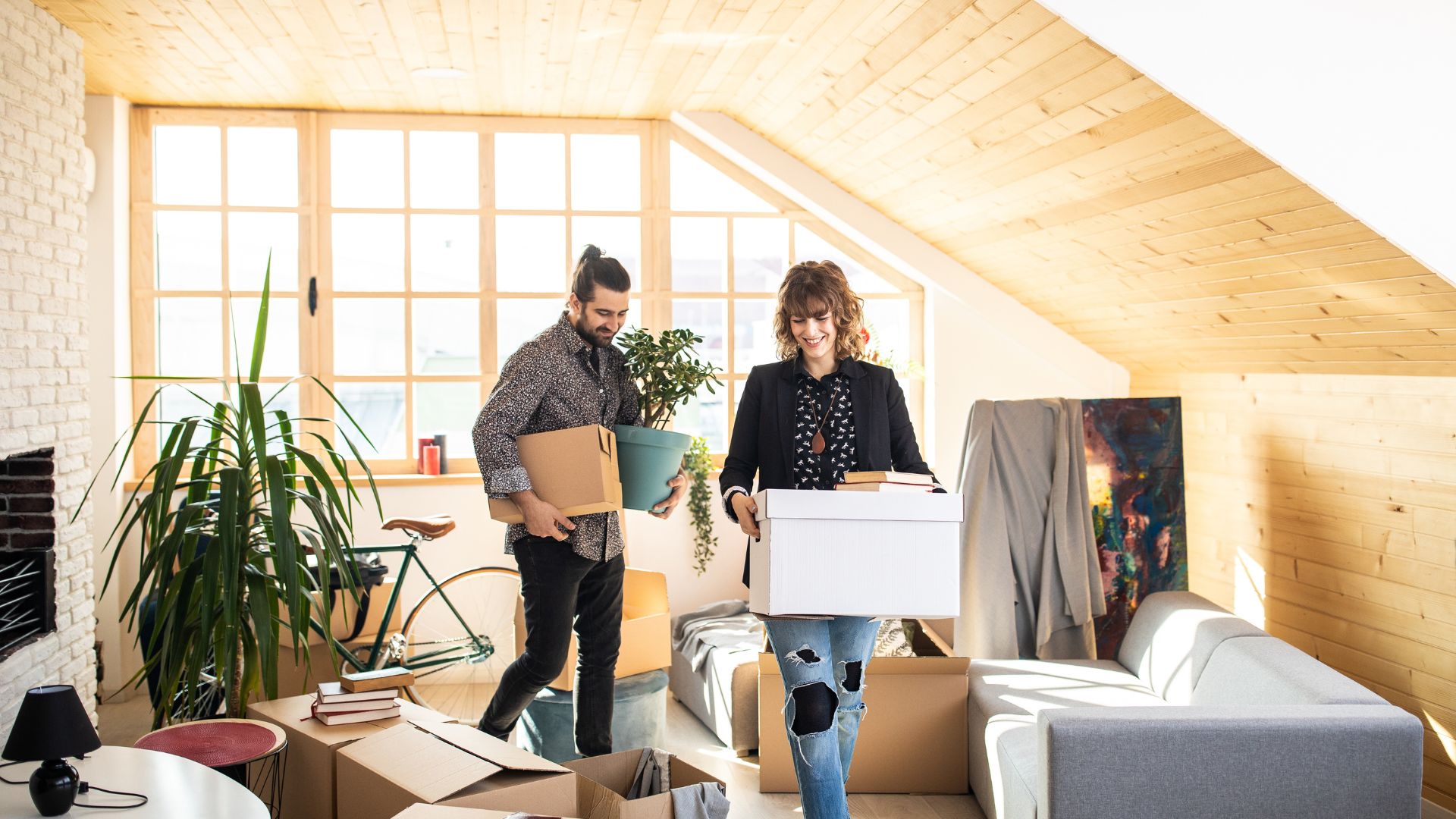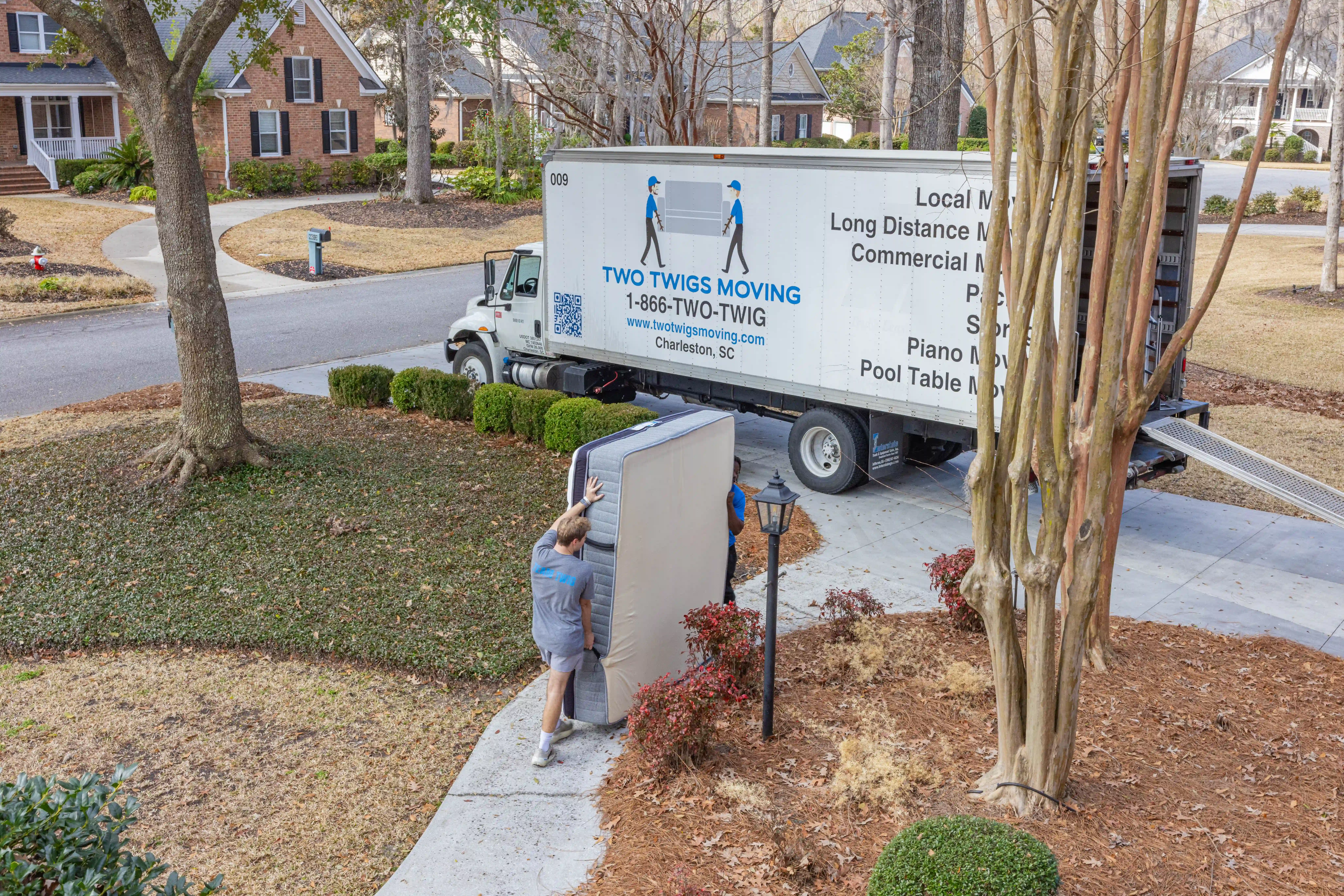Packing for a move can be overwhelming, especially when you’re unsure where to start. A systematic approach can make the process much more manageable. By packing room by room, you can ensure that everything is organized and efficiently packed. This room-by-room checklist will guide you through the packing process, making your move smoother and less stressful.
What should I pack first when moving?
Starting with the right items can set the tone for a successful packing process. Begin with these steps:
- Start with non-essential items: Begin by packing items that you don’t use daily. These might include seasonal decorations, books, and extra linens. By packing these items first, you can reduce the clutter in your home and gradually work your way toward more frequently used items.
- Organize supplies: Gather all necessary packing supplies such as boxes, packing tape, bubble wrap, and markers. Having everything ready will streamline the packing process and help keep things organized.
How do I pack each room efficiently?
Packing room by room ensures that you stay organized and keep your belongings sorted. Here’s a breakdown of how to approach each room:
- Living Room: Start with non-essential items like decorative pieces, books, and DVDs. Wrap fragile items such as lamps and picture frames with bubble wrap. Disassemble large furniture if possible and keep all hardware in labeled bags. Clearly label each box with its contents and the room it belongs to.
- Kitchen: The kitchen can be one of the most challenging rooms to pack due to its many items. Begin by packing away rarely used appliances and kitchen gadgets. Carefully wrap dishes, glassware, and utensils with packing paper or bubble wrap to avoid breakage. Use sturdy boxes and pack them tightly to prevent shifting during the move.
- Bedroom: Start with packing away off-season clothing and bedding. Use wardrobe boxes for hanging clothes to keep them wrinkle-free. For your bed, disassemble it if possible and pack the parts in a labeled box. Wrap mattresses and box springs in protective covers to keep them clean.
- Bathroom: Pack toiletries and cleaning supplies in small boxes or bins. Be sure to wrap any breakable items, such as glass bottles or jars, in bubble wrap. Dispose of any expired or unused items before packing to reduce clutter.
- Home Office: Gather all documents, office supplies, and electronics. Use file boxes or sturdy containers for important paperwork. For electronics, carefully pack each item in its original box if possible, or wrap it well with bubble wrap and pack it in a sturdy box.
- Garage/Storage: The garage and storage areas often contain tools, outdoor gear, and seasonal items. Pack these items in durable boxes or bins. Disassemble larger tools and keep all parts together in labeled bags. For outdoor items like lawn equipment, ensure they are clean and properly secured.
How can I stay organized while packing?
Staying organized is crucial to ensuring a smooth move. Here are some tips to help you maintain order throughout the packing process:
- Label everything: Clearly label each box with its contents and the room it belongs to. This will make unpacking much easier and help you locate items quickly.
- Create an inventory list: Keep a detailed list of what’s in each box. This can be as simple as a written list or a digital inventory on your phone.
- Use color-coded labels: Assign different colors to each room and use matching labels on the boxes. This visual cue will help movers place boxes in the correct rooms.
What are some packing tips for fragile items?
Packing fragile items requires extra care to prevent damage. Follow these tips to ensure your breakables arrive safely:
- Wrap carefully: Use bubble wrap, packing paper, or even towels to wrap fragile items. Ensure each item is individually wrapped and secured.
- Pack strategically: Place fragile items in the center of the box surrounded by cushioning materials. Clearly mark the boxes as “Fragile” to ensure they are handled with care.
- Avoid overpacking: Don’t overload boxes with too many items, as this can increase the risk of breakage. Pack boxes tightly but not excessively.
Conclusion
Packing room by room is an effective way to stay organized and reduce the stress of moving. By following this checklist, you can ensure that your belongings are packed efficiently and securely. With careful planning and preparation, your move can be a smooth and successful transition to your new home.


.svg)


